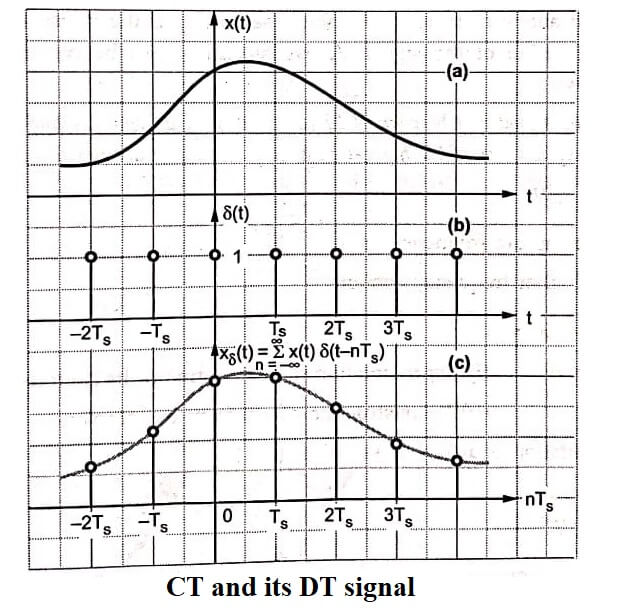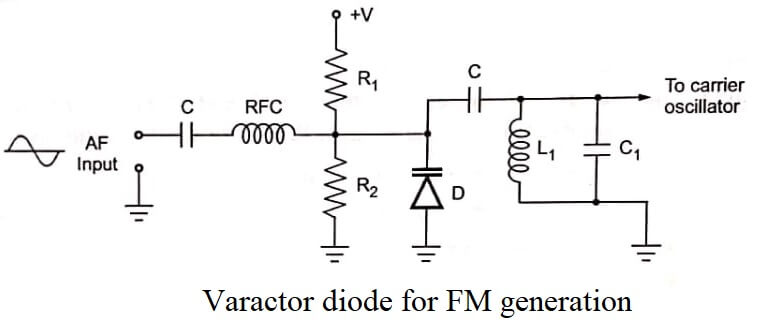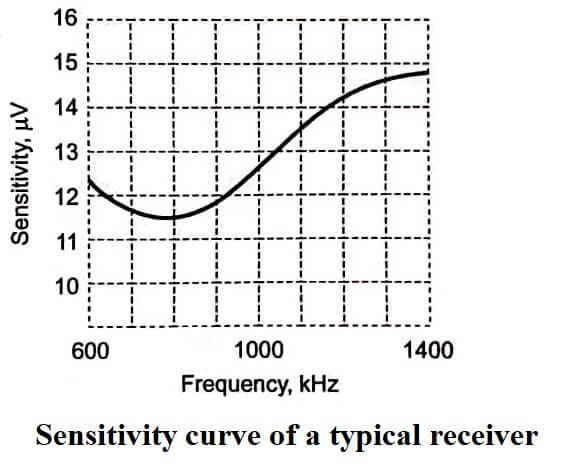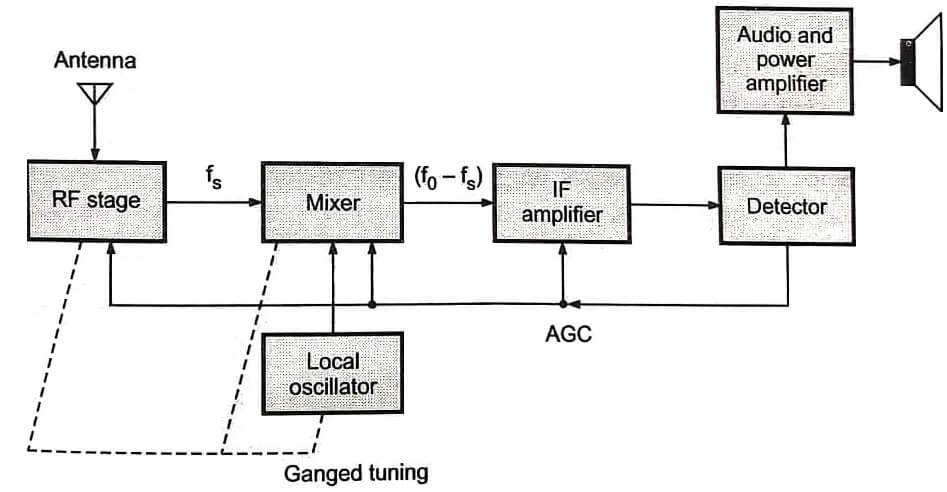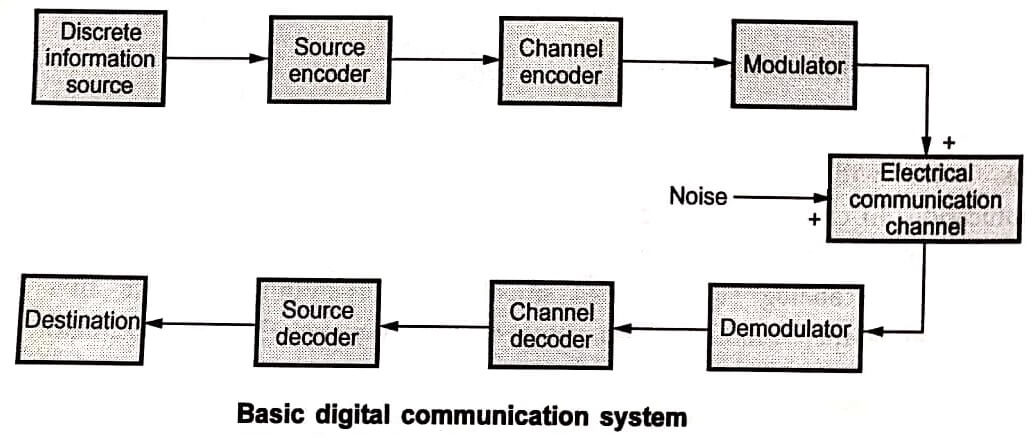The message signal generated from the information source is also called baseband signal. The baseband signal can be a combination of two or more message signals. If the baseband signal is transmitted directly, then it is called baseband transmission. Thus baseband transmission does not use modulators and demodulators. The baseband signal can be both analog as well as digital. The analog baseband signal varies continuously with time and has continuous amplitude. The digital baseband signal is discrete in both time and amplitude. The baseband transmission is preferred at low frequencies and for short distances. Inter Symbol Interference (ISI) is the major problem associated with baseband transmission.
If modulated signal is transmitted over the channel, it is called bandpass (or passband) transmission. Whenever the modulating signal is impressed upon a carrier, the modulated signal is generated. This modulated signal has fixed band of frequencies around carrier frequency. The nature of such a signal is bandpass type.
Hence modulated signals are called passband (or bandpass) signals. For example if 1kHz modulating signal is impressed upon 100kHz carrier by using amplitude modulation, then two side bands will be generated. Lower sideband will be at (100-1) = 99kHz and upper sideband will be at 99 to 101kHz. Thus the amplitude modulated signal will have frequencies from 99 to 101kHz. These frequencies are bandpass type. Hence modulated signals are also passband (or bandpass) type.
Bandpass transmission is normally used at high frequencies and for long distances. All television and satellite transmission is passband type. The passband transmission can be both analog and digital. If the digital signal modulates the carrier, then it is called digital passband transmission. We will see baseband and passband (or bandpass) transmission in forth-coming chapters.
Multiplexing Techniques
Multiplexing techniques allow many users to share a common communication channel simultaneously. There are two major types of multiplexing techniques.
Frequency Division Multiplexing :
This technique allots a fixed frequency band to every user in the complete channel bandwidth. Such frequency slot is allotted continuously to that user. For example consider that the channel bandwidth is 1MHz. Let there be ten users, each requiring upto 100kHz bandwidth. Then the complete channel bandwidth of 1MHz can be divided into ten frequency bands; each of 100kHz and every user can be allotted one independent frequency band. This technique is Frequency Division Multiplexing (FDM). It is mainly used for modulated signals. This is because modulated signal can be placed in any frequency band by just changing the carrier frequency. At the receiver, these frequency multiplexed signals can be separated by the use of tuned filters (bandpass filters) of their respective frequency band. And for every band, there are independent tuned filters and demodulators.
Time Division Multiplexing :
In case of Time Division Multiplexing (TDM), the complete channel bandwidth is allotted to one user for fixed time slot. For example, if there are ten users, then every user can be given the time slot of one second. thus complete channel can be used by each user for one second time in every ten seconds. This technique is suitable for digital signals. Because digital signals are transmitted intermittently and the time speacing between two successive digital codewords can be utilized by other signals. There is possibility of crosstalk in FDM where as Intersymbol Interference is possible in TDM. These problems can be overcome by some special cares.
| Read More Topics |
| Electromagnetic waves |
| Basic digital communication |
| Single mode fiber connectors |
| Power frequency control |
